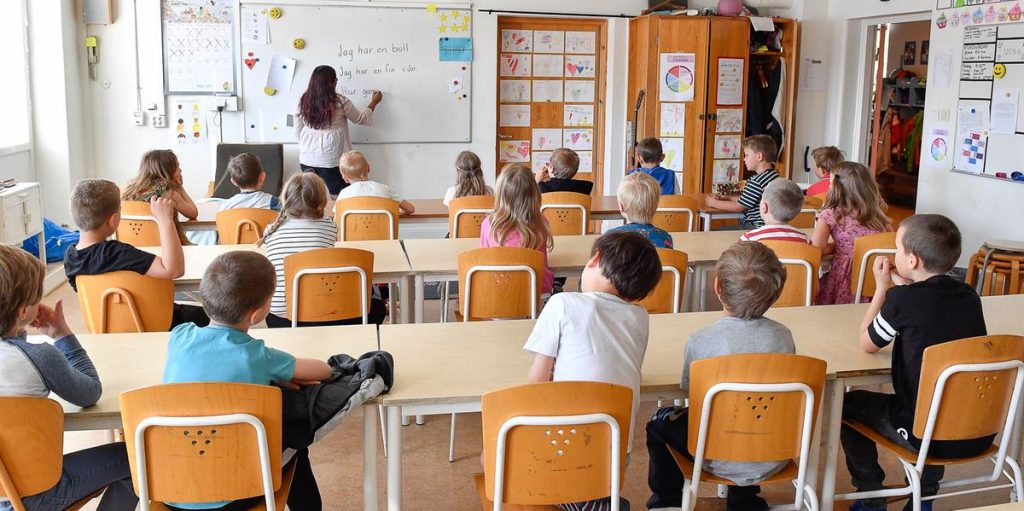After studying to be a private tutor and teacher and working in the Swedish “school system” for more than two decades, I became well acquainted with the so-called parallel school system. This is why Sweden introduced the “Unified School”.
It happened on a small scale as early as 1949 and was part of the political reform work of Swedish schools in order to make them more fair and accessible to all. The grievances that existed in the parallel school system and benefited students from wealthy families were already seen as a major problem in the school inquiry conducted in 1940.
Like Matthias Carlsson, as a liberal I also want “all children to have equal opportunities in a good school”. This is why I also support the choice of free school as an important liberal principle. It is not the fault of free school choice that exclusion zones appear in Sweden where Swedish is not the mother tongue.
Carlson wants to appear Apparently, it was not the charter schools he discussed in the leaders that responded to it but only “free choice of school.” Free choice of school was introduced, by the Bildt government, in 1992 as part of the Free School Reform. School fees were the form of funding that would simplify school selection. The goal was to increase diversity but also the quality of teaching. If so, one can and should of course discuss it.
The problem, as I understand it, with the school’s freedom of choice is not in the freedom of choice, but in the effect of how “school fees” work. It is reasonable for municipalities to have free space to compensate schools in areas where the “slightly uneducated” live, without the need to increase school fees for all schools.
This should be normal because the municipality is mainly responsible for all students. A free school can in principle close its activities at any time without having to take responsibility for its students. It must be possible to design funding for school activities so that it does not benefit independent school groups but the different needs of pupils and pupils.
its just 15 per cent of all primary school students who attend school are free, so the inequality in the Swedish education system cannot be blamed solely on them. The main reason why parents choose to place their children in a free school is that they are usually smaller schools with fewer students, compared to municipal schools.
Then one can ask the question: What prevents municipalities, under their auspices, from offering various forms of schools? For example, small schools with smaller classes, with different profiles of students who do not work in a municipal standard school.
The school doesn’t just have to meet different kids. Different children need different schools. Therefore, parents and children should have the right to choose and “opt out” of schools. That’s why I played with the term “parallel school”. Surely we want diversity over stupidity?
Kenneth Melaker (left)
Concluding remarks in the mutual response with Matthias Carlsson, which includes the opening ‘equality is dead – the parallel school is here’ and the answer ‘creating a parallel school offers the opportunity to adapt school activities to students’.

“Extreme tv maven. Beer fanatic. Friendly bacon fan. Communicator. Wannabe travel expert.”







More Stories
Brexit brings economic uncertainty – Finland worst hit in the long run – Hufvudstadsbladet
Britain wants closer ties with the European Union.
Britain may already be out of recession